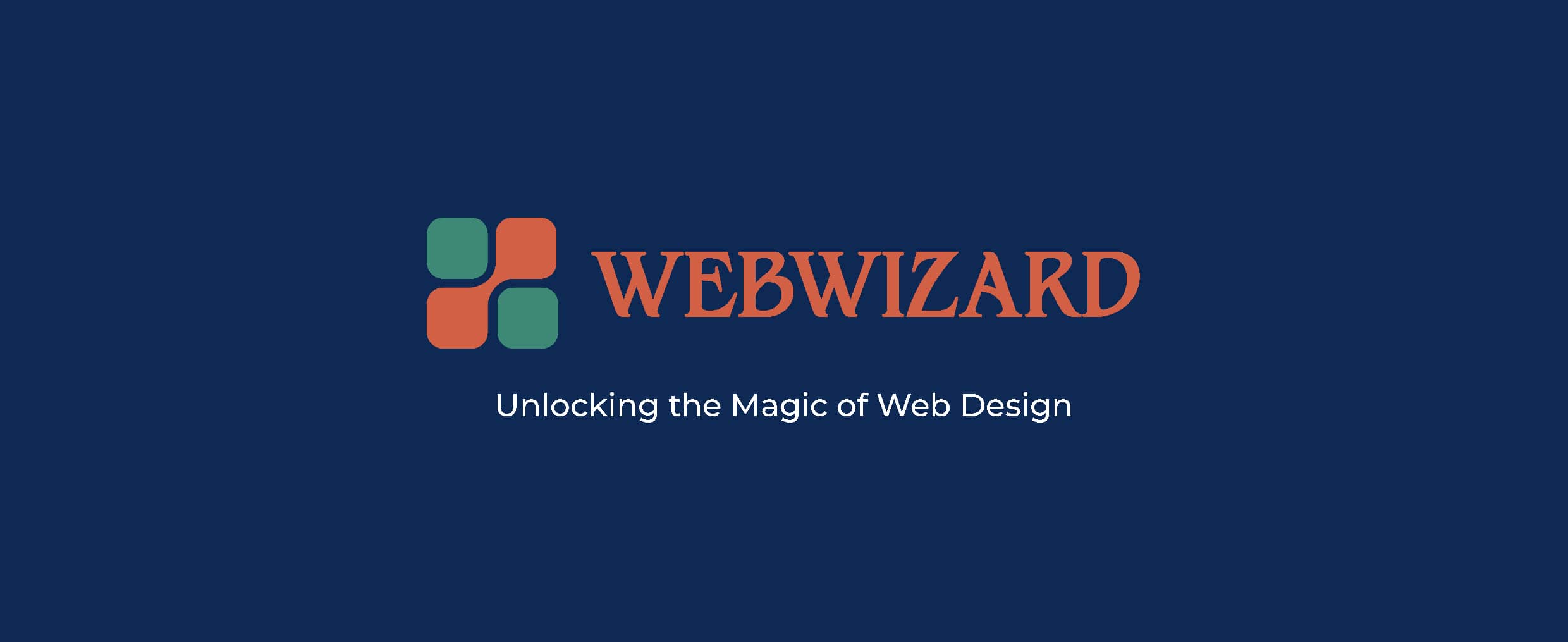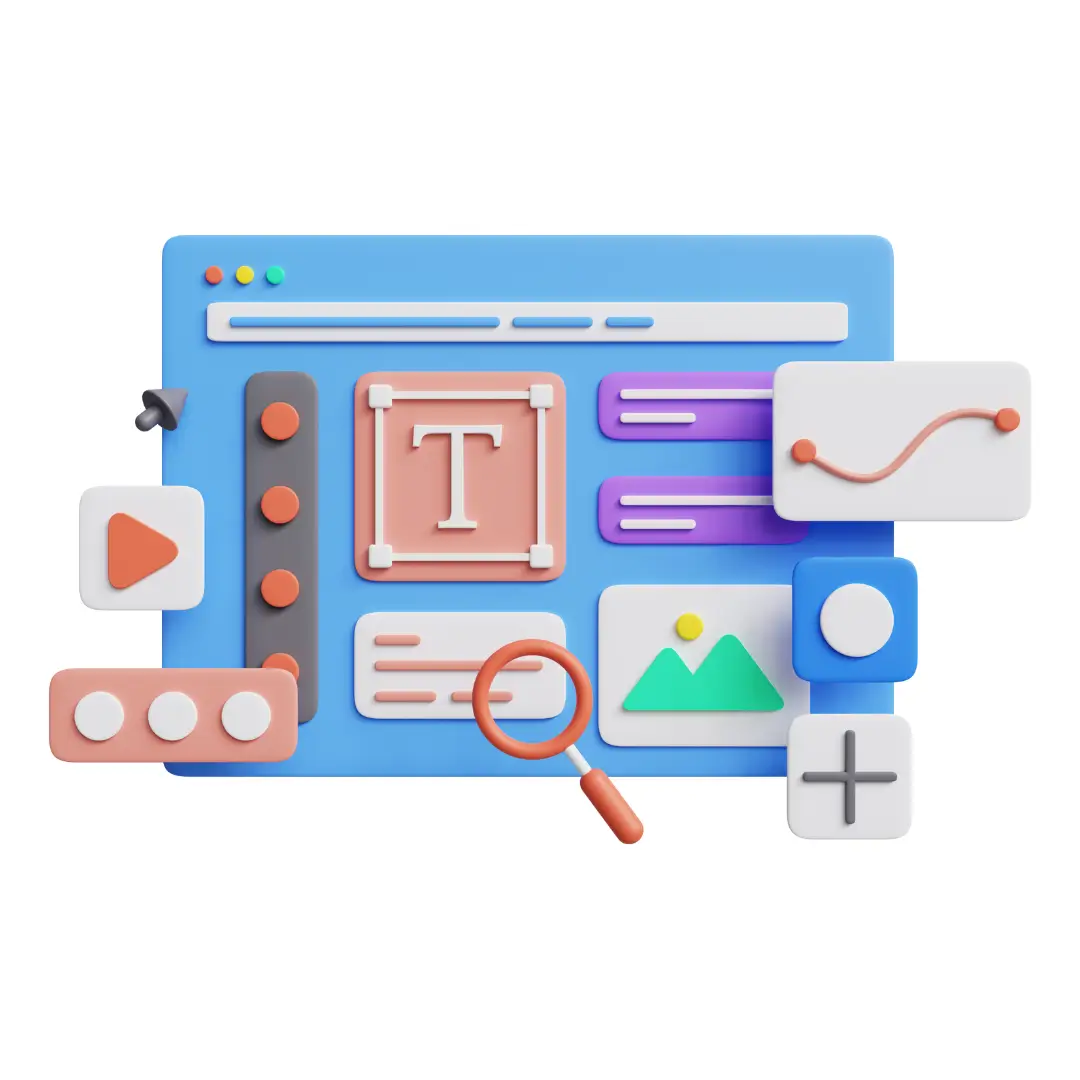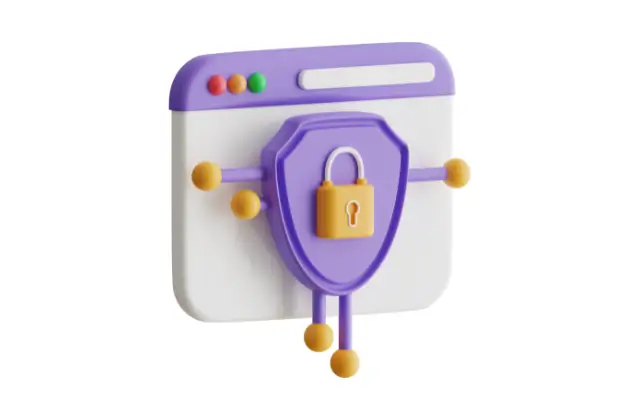Web design is the process of creating and designing websites that are visually appealing, user-friendly, and functional. It is a multidisciplinary field that involves a combination of graphic design, user experience (UX) design, and front-end development. In today's digital age, a well-designed website is crucial for businesses, organisations, and individuals to establish their online presence and effectively communicate with their target audience.
The Elements of Web Design
Web design encompasses several elements that work together to create a cohesive and effective website. These elements include:
-
Layout and Structure
- The layout is the arrangement of elements on a webpage, including headers, footers, navigation menus, content sections, and images. A well-structured layout ensures that the website is easy to navigate and that information is organised logically.
- Grid Systems: Many designers use grid systems to create a consistent structure across pages. This helps in maintaining alignment and spacing, contributing to a balanced and visually pleasing design.
-
Colour Scheme
- Colour plays a significant role in web design, as it can evoke emotions, convey brand identity, and enhance the user experience. Designers must carefully choose a colour scheme that aligns with the brand's message and appeals to the target audience.
- Accessibility: It's essential to consider accessibility when selecting colours, ensuring that there is sufficient contrast between text and background for readability.
-
Typography
- Typography involves the selection of fonts and how they are used across the website. Good typography improves readability, establishes hierarchy, and contributes to the overall aesthetic of the website.
- Web Fonts: Designers often use web fonts that are optimised for online viewing, ensuring that text appears clear and consistent across different devices and browsers.
-
Imagery and Media
- Images, videos, and other multimedia elements are integral to web design. They help to engage users, illustrate concepts, and break up text-heavy content.
- Optimisation: It's crucial to optimise media files for the web to ensure that they load quickly without compromising quality. This contributes to better performance and user experience.
-
Navigation
- Navigation refers to the way users move through a website. Effective navigation is intuitive, allowing users to find information quickly and easily.
- Menus and Links: Clear, well-organised menus and clickable links are key components of good navigation. Breadcrumbs and search functionality can also enhance user experience by aiding site exploration.
The Process of Web Design
Web design involves several stages, each of which is critical to the success of the final product. These stages include:
-
Research and Planning
- Before the design process begins, it's important to conduct research to understand the target audience, competitors, and the goals of the website. This information informs the planning stage, where the site’s structure and features are outlined.
-
Wireframing and Prototyping
- Wireframes are basic, low-fidelity sketches of the website's layout. They provide a visual guide for the placement of elements without focusing on design details.
- Prototyping takes wireframing a step further by creating interactive models of the website. This allows designers and clients to test the functionality and user experience before the final design is implemented.
-
Design and Development
- During the design phase, the visual elements of the website are created, including the colour scheme, typography, and imagery. Once the design is approved, the development phase begins, where the design is translated into code using HTML, CSS, JavaScript, and other front-end technologies.
-
Testing and Launch
- Before a website goes live, it must be thoroughly tested across different devices, browsers, and screen sizes to ensure that it functions correctly and looks great everywhere. This testing phase also involves checking for any broken links, bugs, or other issues that could affect user experience.
- After testing, the website is launched and made accessible to the public. Post-launch, it's important to monitor the website for any issues and make necessary updates.
User Experience (UX) Design
User experience (UX) design is a critical aspect of web design that focuses on the overall feel of the website and how users interact with it. UX designers strive to create websites that are not only visually appealing but also easy to use and navigate. This involves understanding user behaviour, creating user personas, and conducting usability testing to ensure that the website meets the needs and expectations of its users.
Responsive Design
With the increasing use of mobile devices, responsive design has become a standard in web design. Responsive design ensures that a website adapts to different screen sizes and resolutions, providing an optimal viewing experience on desktops, tablets, and smartphones. This is achieved through fluid grids, flexible images, and media queries in the CSS.
The Role of SEO in Web Design
Search Engine Optimisation (SEO) is the practice of optimising a website to rank higher in search engine results. Good web design practices are essential for effective SEO. This includes:
- Fast Loading Times: Optimising images and using clean code can reduce page load times, which is a critical factor in search rankings.
- Mobile-Friendly Design: Google prioritises mobile-friendly websites in its rankings, making responsive design crucial for SEO.
- Clear Site Structure: A well-organised website with clear headings, meta descriptions, and internal linking helps search engines understand the content and improves ranking.
Web Design Tools and Technologies
Several tools and technologies are used in web design, including:
- Design Tools: Adobe XD, Sketch, Figma, and Canva are popular tools for creating web designs and prototypes.
- Development Tools: HTML, CSS, JavaScript, and frameworks like Bootstrap and React are commonly used to bring web designs to life.
- Content Management Systems (CMS): Platforms like WordPress, Joomla, and Drupal allow designers to create and manage website content more easily, often without extensive coding knowledge.
Conclusion
Web design is a multifaceted discipline that requires a combination of creativity, technical skills, and a deep understanding of user needs. By focusing on user experience, effective content, and a visually appealing design, businesses can create websites that drive results and achieve their online goals.





